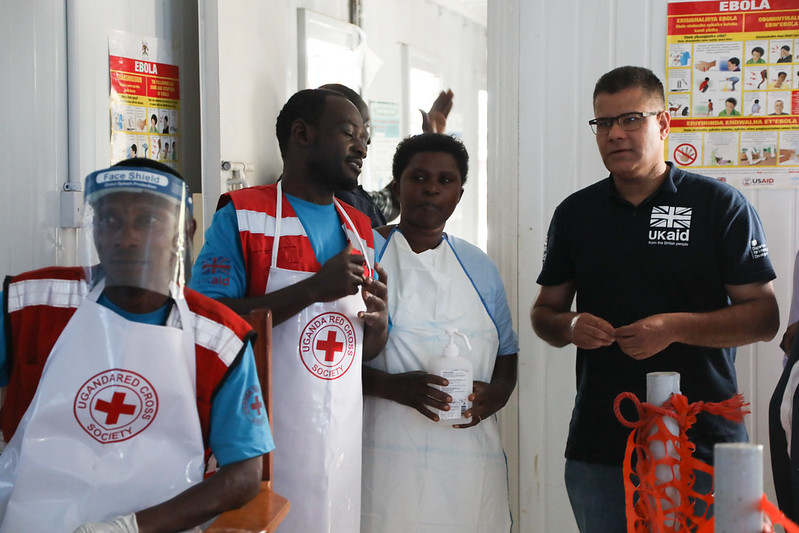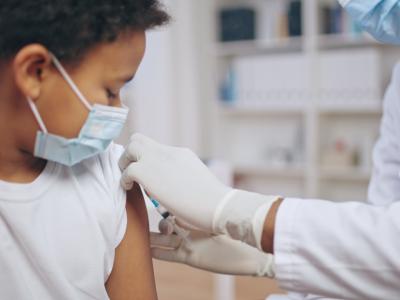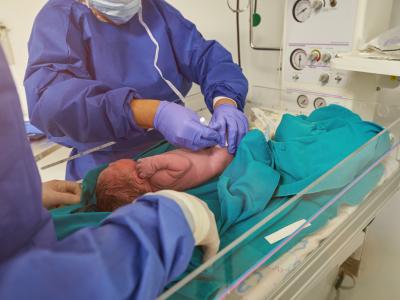
An analysis of data from five countries found that fluoroquinolone (FQ) antibiotics were not associated with an increased risk of aortic aneurysm or dissection (AA/AD) compared with other antibiotics commonly used for urinary tract infections (UTIs), an international team of researchers reported late last week in eClinicalMedicine.
In December 2018, the US Food and Drug Administration warned that the use of FQs could increase the risk of AA/AD and urged patients with increased risk (eg, those with a history of aneurysms or blockages of other blood vessels) to use other antibiotics unless no other treatments are available. But the warning was based on meta-analysis of four studies that used different analytic approaches, only one of which included an active comparator antibiotic. In addition, subsequent studies have found no association between FQs and increased AA/AD risk.
To further assess the risk, the researchers analyzed data on more than 13.5 million patients aged 35 or older in Australia, Japan, South Korea, Taiwan, and the United States who had initiated systemic FQ or comparable antibiotics (cephalosporins [CPH] or trimethoprim [TMP] with or without sulfamethoxazole) for UTI treatment from 2010 through 2019. The primary outcome was AA/AD occurrence within 60 days of exposure. To account for baseline differences between patients treated with different antibiotics, the researchers used 1:1 propensity score matching.
No difference in AA/AD risk
There were 1,954,798 and 1,195,952 propensity-matched pairs for the FQ versus TMP and FQ versus CPH comparisons, respectively. The 60-day AA/AD risk was not significantly different between FQ and TMP (absolute rate difference [ARD], 0.21 per 1,000 person-years; calibrated hazard ratio [HR], 0.91; 95% confidence interval [CI], 0.73 to 1.15). Similarly, the 60-day AA/AD risk was not significantly different between FQs and CPHs, with a calibrated HR of 1.01 (95% CI, 0.82 to 1.25] and an ARD of 0.11 per 1,000 person-years.
"The findings of this study suggest that fluoroquinolones can be prescribed for urinary tract infections without consideration of risk of aortic aneurysm or aortic dissection despite contradictory evidence from previous studies and prior warnings," the study authors wrote, adding that other factors, such as antibiotic resistance, should still guide use.
.jpg)
















